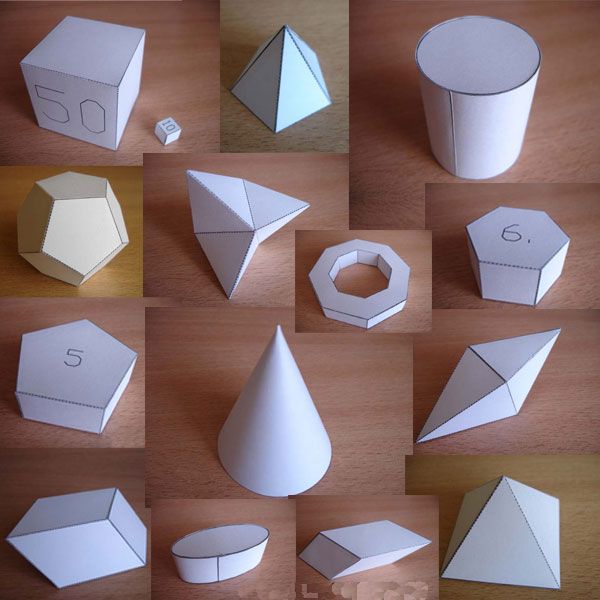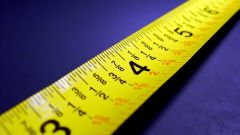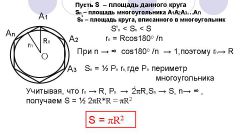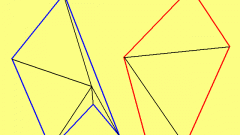You will need
- Line formulas for finding the areas of polygons
Instruction
1
To calculate the area of a surface of a prism, find the area of one of the bases. Use the formula depending on what geometric figure (polygon). Then, find all the side of the base and folded them, will receive its perimeter. Multiplying the perimeter length of one of the side edges (they are equal), calculate the area of the lateral surface. The area of the surface of the prism is equal to the sum of the area of the lateral surface and twice the area of the base (because two of them) S=SB+2•In.
2
Calculate the area of the surface of a random pyramid is produced by adding up the area of the base and each face. To the right of the pyramid (when it is based on a regular polygon, and the vertex is projected onto the intersection of its diagonals), you can use a special formula.
3
Find the area and perimeter of the base of a regular pyramid. Calculate the area of the lateral surfaceby multiplying half of the perimeter of the apofema side edge (the height) S= 0,5•P• a. The apofema look like the height of an isosceles triangle, which is the side face of the regular pyramid. Fold the square base and the lateral surface and get the area of the full surface.
4
To find the area of the full surface of circular cylinder, find the sum of its radius and height, which is a segment that connects the centers of the circles which are the bases of the cylinder, and the result is multiply by the radius and number of 6.28, S=6,28•r•(r+h).
5
The area of the surface of a circular cone, find the radius using base and forming. For this amount, radius and generatrix (the segment that joins the vertex of a cone with an arbitrary point of the circular base), multiply by the radius and the number 3,14, . S=3,14•r•(r+l).
6
To find the area of the surface of the sphere, find its radius. Then the area will be equal to the product of the square of the radius by the number of 12.56 S=12,56•r2.





